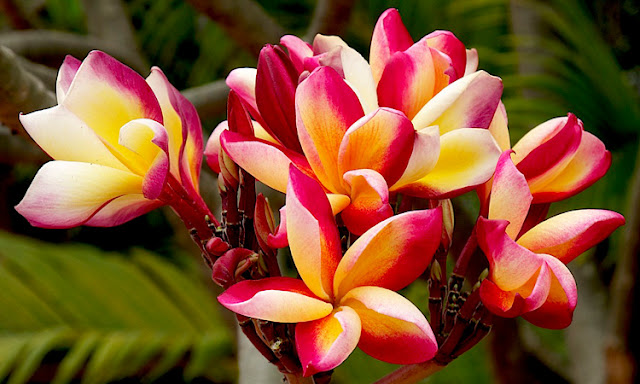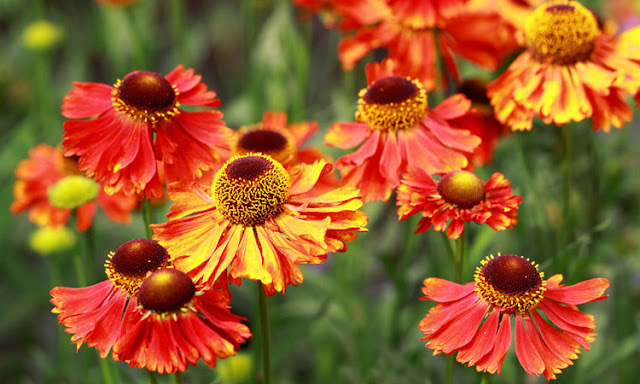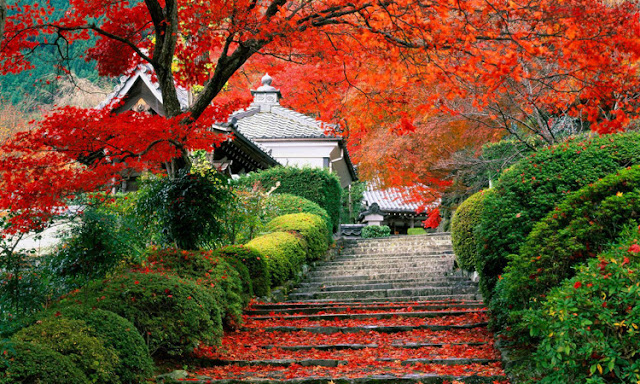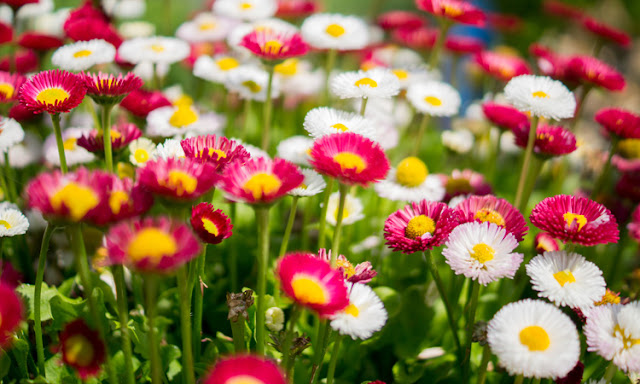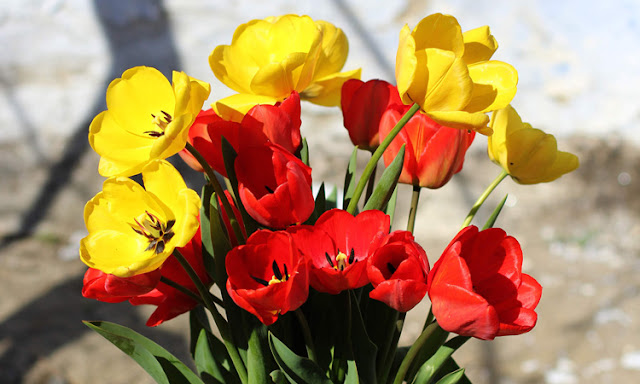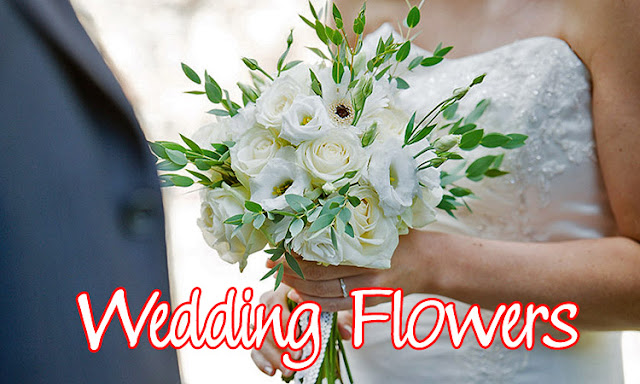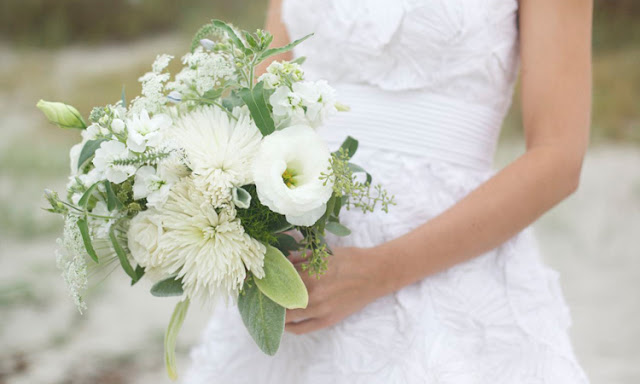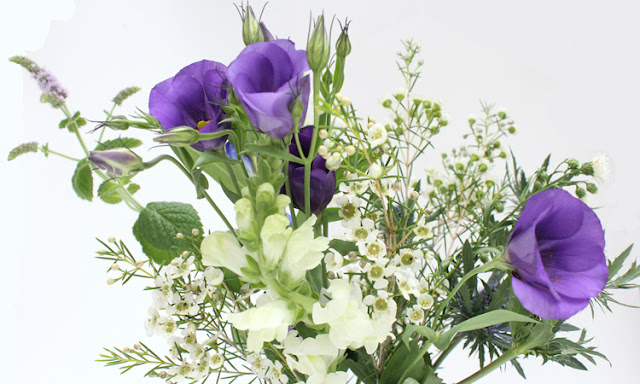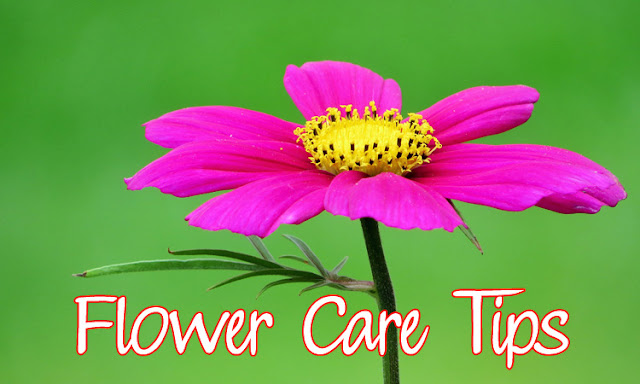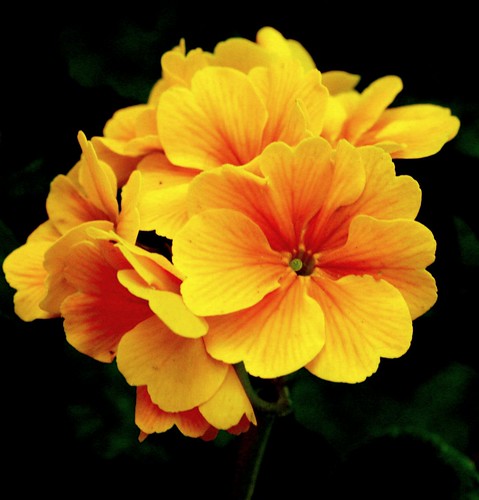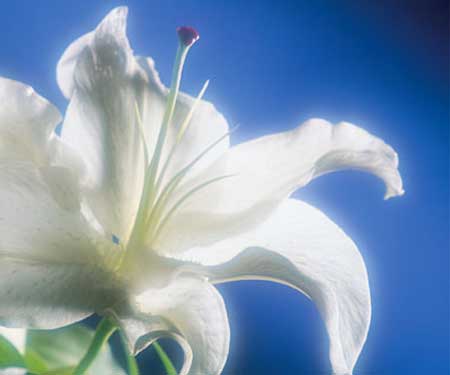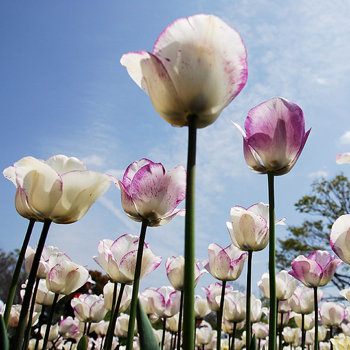● Hilo Beauty, produces extraordinary deep red flowers, reminding one of red velvet, which can be up to 4 inches in diameter. The flowers have heavy texture, excellent keeping quality and a strong spicy fragrance which becomes even stronger after the flower has been picked.
● India, produces flowers with deep red lines which show up nicely against the yellow to orange background. Flowers have a heavy texture and can be up to 4 inches in diameter. The fragrance of the flowers is very sweet and keeping quality is very good.
● Kauka Wilder, produces exotic flowers which are a combination of red and yellow which results in extraordinary vibrant flowers. Flowers are up to 3 inches and more across and have a very sweet fragrance. This plumeria flowers early and easily.
● Kimo, is called the "Chameleon" because it changes the color and the intensity of its flowers dramatically depending on where it's grown. The orange flowers are heavily overlapping and almost form a circle. The flowers have a delightful sweet fragrance, heavy texture and good keeping quality.
● Kuleana, is one Plumeria not often seen, but its well worth mentioning.The yellow petals moderately overlap and show some pink towards the tips. The flowers are sweetly scented and have an excellent keeping quality.
● Lucky Star, produces rainbow colored flowers which are between 3 and 3 ½ inches in diameter. The center of the flower is red from which pink, red and yellow bleed into the petals with one side of the petals being dark pink. The fragrance of the flowers is sweet and keeping quality is very good.
● Lurline, produces exotic flowers which are a combination of orange and red on yellow. The outer edges and tips of the petals show some purple. The flowers are up to 4 inches in diameter and have a very good keeping quality. The fragrance is spicy and flower production continues for many months.
● Neon Lights, is an often overlooked Plumeria producing vibrantly pink colored flowers. The word "neon" is a perfect fit for the flowers which are about 3 inches in diameter, have a sweet fragrance and excellent keeping quality. The flowers have a reddish center from which some yellow and gold "bleeds" into the petals.
● Samoan Fluff, produces 3 ½ inches white flowers with a small yellow center. This plumeria produces full inflorescences of sweetly scented flowers which have a very good keeping quality.
● Tomlinson, is an excellent easy to grow plumeria producing pink and white flowers with a small yellow center. Flowers are around 3 inches in diameter, have a sweet fragrance and very good keeping quality.
● Waimea, produces breathtaking orange red flowers which can turn deep red depending on where this plumeria is grown. Flowers are up to 3 ½ inches in diameter, have a sweet fragrance and good keeping quality.












